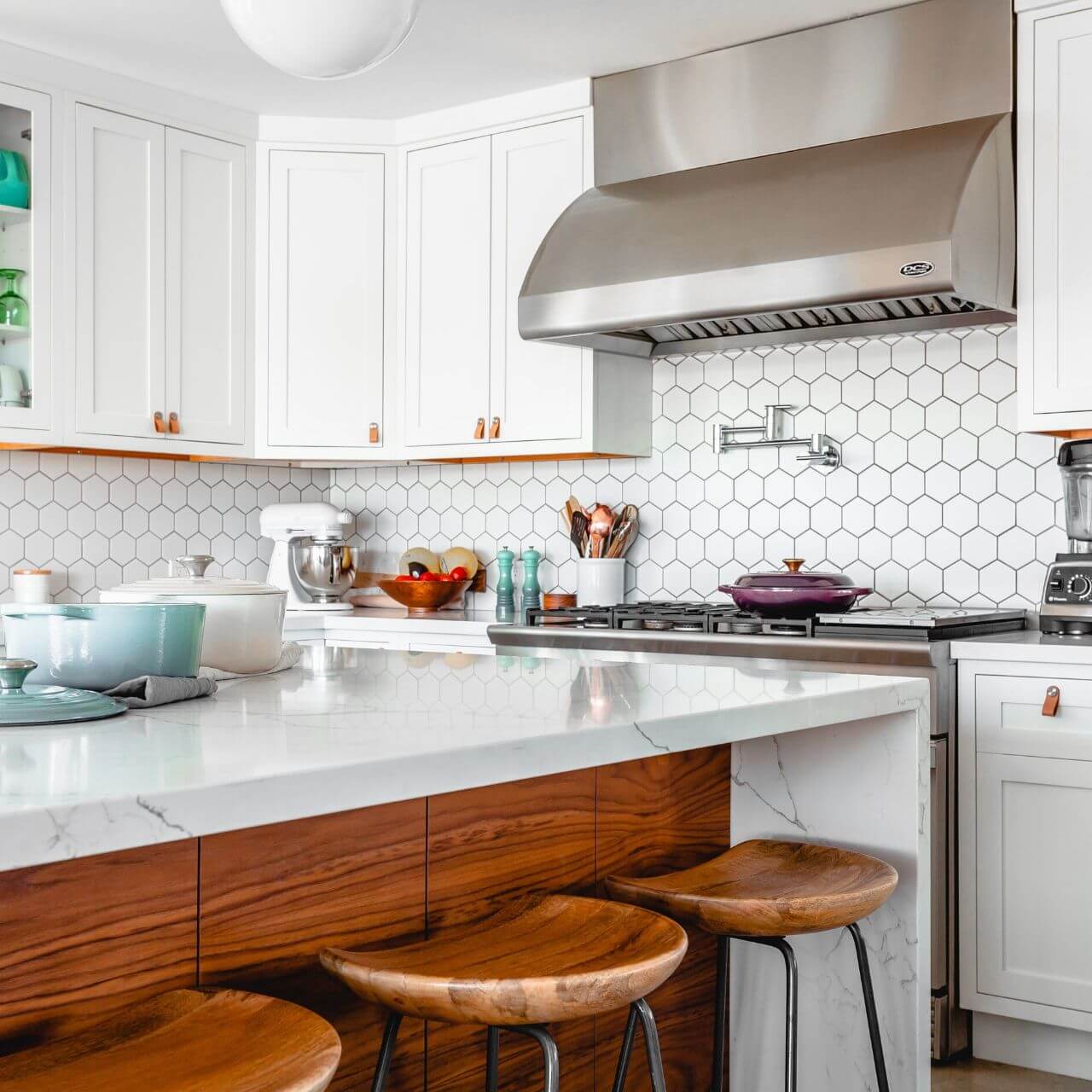Does your home need ventilation?
Without proper ventilation,
your home and those in it,
are at risk

Without proper ventilation,
your home and those in it,
are at risk

It’s as clear cut as this. If your home doesn’t have good ventilation, it’s sick. The prescription needed. A quick and easy check-up of your home to figure out the best course of treatment.

Let’s take your sitting room as an example. Moisture is generated in the room from breathing. Warm air in the room rises, carrying with it moisture. Warm air rises, making it necessary to place ventilation near the ceiling. The vent sucks out moisture from the warm air as it rises, cooling it. As cooler air is denser than warm air, it drops to the floor of your sitting room. Where the cycle beings again. A bit like the rain cycle.
In a correctly ventilated home, this process creates a consistent airflow, replacing the bad air in your home with good air and removing excess moisture.

If you are concerned about the amount of ventilation your home is receiving the most helpful thing that you can do, and the most obvious, is to open the doors and windows in your home once a day.
There are two benefits to this.
How does this work? Letting cold air into your home will strip the moisture from the warm air. This reduces the risk of condensation. It also makes your home easier and cheaper to heat. How? Because it’s more efficient. When you turn on your heating, you’ll heat just the air. Rather than both the air and the moisture in the air.

A well-ventilated home is a healthy home. If you are having external wall insulation or other insulation measures carries out on your home, such as attic insulation, upgrading your ventilation to a Demand Control Ventilation system makes a lot of sense. The system can be installed while your home insulation is being done. It’ll save you money. While ultimately creating a better living environment in your home.

Absolutely. For two reasons. Under Part F of Irish building regulations, a building should have provisions in place “to prevent excessive condensation in a roof or a roof void above an insulated ceiling”. That’s one reason.
The other reason is that your home is at a greater risk of condensation if the attic is insulated. The attic insulation prevents heat loss from the rest of the house – but does not prevent moist air from passing up to the roof. When this air interacts with the cold attic air, condensation happens. This is bad news for your home.
A well-ventilated roof avoids the problem of condensation. While a poorly ventilated roof means your home is at greater risk of mould, damp and damage to building materials through condensation.
Looking for more information? AERECO, a supplier we use, has created a useful ventilation video series.















This site uses cookies. By continuing to browse the site, you are agreeing to our use of cookies.
OK